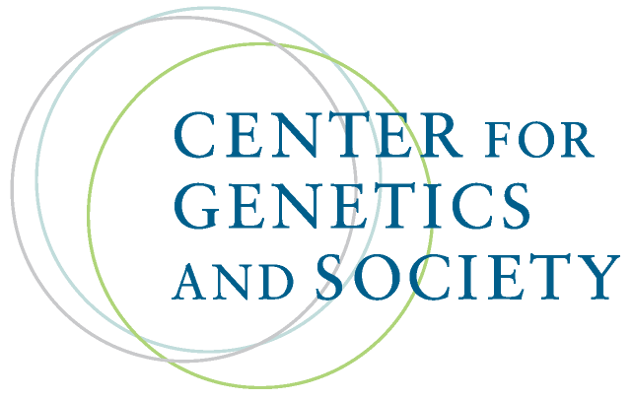Designer Babies: Human cloning is a long way off, but bioengineered kids are already here.
By Shannon Brownlee,
The Washington Monthly
| 02. 28. 2002
In the mid-1990s, embryologist Jacques Cohen pioneered a promising
new technique for helping infertile women have children. His
technique, known as cytoplasmic transfer, was intended to "rescue"
the eggs of infertile women who had undergone repeated, unsuccessful
attempts at in vitro fertilization, or IVF. It involved injecting
the cytoplasm found inside the eggs of a fertile donor, into
the patient's eggs.
When the first baby conceived through cytoplasmic transfer was
born in 1997, the press instantly hailed Cohen's technique as
yet another technological miracle. But four years later, the
real story has proven somewhat more complicated. Last year,
Cohen and his colleagues at the Institute for Reproductive Medicine
and Science of St. Barnabas, a New Jersey fertility clinic,
set off alarm bells among bioethicists with the publication
of a paper detailing the genetic condition of two the 17 cytoplasmic-transfer
babies born through the clinic to date. The embryologists reported
that they had endowed the children with extra bits of a special
type of genetic material, known as mitochondrial DNA, or mtDNA,
which came with the cytoplasm transferred from the donor...
Related Articles
By Liyan Qi and Jonathan Cheng, The Wall Street Journal | 03.26.2025
photo via Wikimedia Commons licensed under CC by 3.0
Chinese scientist He Jiankui set off global outrage and landed in prison after he skirted ethical guidelines and claimed he had produced genetically modified babies designed to resist HIV infection.
Now, the self-styled ...
By Anna Louie Sussman, The New York Times | 03.25.2025
On June 24, 2022, the same day the Supreme Court issued its decision in Dobbs v. Jackson Women’s Health Organization, I received a call from the fertility clinic where I’d been undergoing in vitro fertilization, informing me that seven of...
By Michael Gibney, PharmaVoice | 03.20.2025
The death this week of a teenager receiving Sarepta Therapeutics’ gene therapy Elevidys for Duchenne muscular dystrophy is a tragic reminder of the stakes involved in cutting-edge biotech innovation.
While gene therapies like Sarepta’s offer an opportunity to treat and...
By Staff, The Medicine Maker | 03.21.2025
"The Promise and Peril of CRISPR" cover by Johns Hopkins University Press
As a paediatrician taking care of children with sickle cell disease, Neal Baer, a Harvard Medical School graduate, was in awe of the power of CRISPR technologies. Later...



